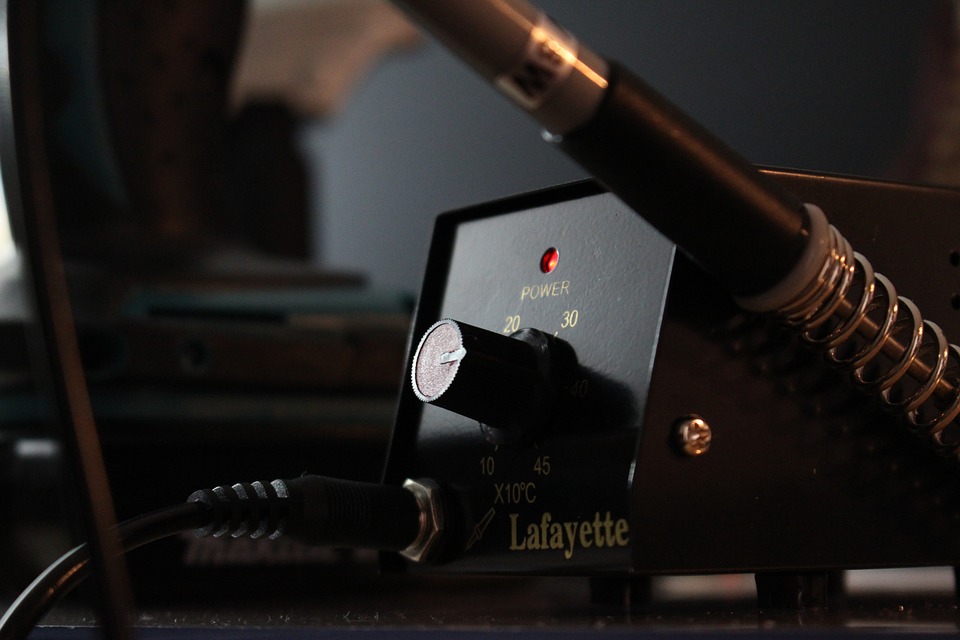Uses for a Soldering Iron

Soldering is a process that is used for many different projects. Soldering irons can be used to repair as well as create, making it a useful tool for tradespeople and hobbyists alike. Because the metals used in soldering are good conductors, soldering is also especially useful for circuit boards and wiring projects. Given the vast array of projects that soldering irons can be used for, let’s take a look at some examples.
Circuit boards
Circuit boards are one of the most common items in which soldering irons are used. Because soldering creates an electric bond between components, it is extremely useful for electronic devices. Soldering is often thought of as a way of connecting workpieces, but of course, the solder itself also acts as a conductor. In this way, soldering can be used to build the components of an electronic device, and have electric currents pass through the solder. On a circuit board, solder is used to hold the components on the board, as well as allowing electrical current to pass through the different components. Rosin flux is used for electronics because acid flux can damage and corrode the components.
Electrical wiring
Soldering is also very useful for electrical wiring. When you want to make a connection between wires, manually twisting them together is an important start, but it’s not a strong connection long term. Soldering the wires together drastically improves the connection, and when done properly, it can last a long time. Because the solder is a strong conductor, soldering wires together also improves the flow of electricity between the wires. Keep in mind, it is especially important not to touch the solder to the iron when soldering wires. Allowing the solder to drip through the heated wires with the help of flux will create a much stronger and more efficient connection.
Stained glass and mosaics
Many hobbyists and people who like arts and crafts also use soldering as a fundamental tool in their work. A great example of this is stained glass work. Stained glass is all held together with solder. The process is much the same as any other soldering project, with one obvious hitch: you can’t solder glass. When soldering stained glass, adhesive copper foil needs to be stuck to the edges of the glass so the solder has something to bond with. Once the copper foil is added, the soldering process works as usual.
Jewelry
Another common artistic use of soldering is in jewelry making. In this case, the process is actually quite different from typical soldering. Usually, jewelry makers require the use of harder metals and a much stronger bond between their workpieces. For this reason, a soldering torch is far more useful than a soldering iron. Soldering torches are capable of producing much higher temperatures that would damage electronic components if used for that purpose. But for certain jewelries, torches are perfect. Jewelry makers also typically solder work pieces together using chips of solder that are then melted with the torch, rather than melting the solder directly onto the workpiece.
Plumbing
Plumbing is another field in which soldering is extremely important. Piping requires a good, strong connection to avoid leakage. One of the major differences in soldering plumbing is the use of acid flux. Acid flux degrades electronics, but is perfect for plumbing because it strips oxidation from the pipes while you are soldering. This reduces the buildup of oxidized metal and gives you a much cleaner, stronger bond between the workpieces.
Types of Soldering Irons
Depending on what you want to do with it, there are several types of soldering irons available. Check out our guide to the different types of soldering stations to learn more about them
